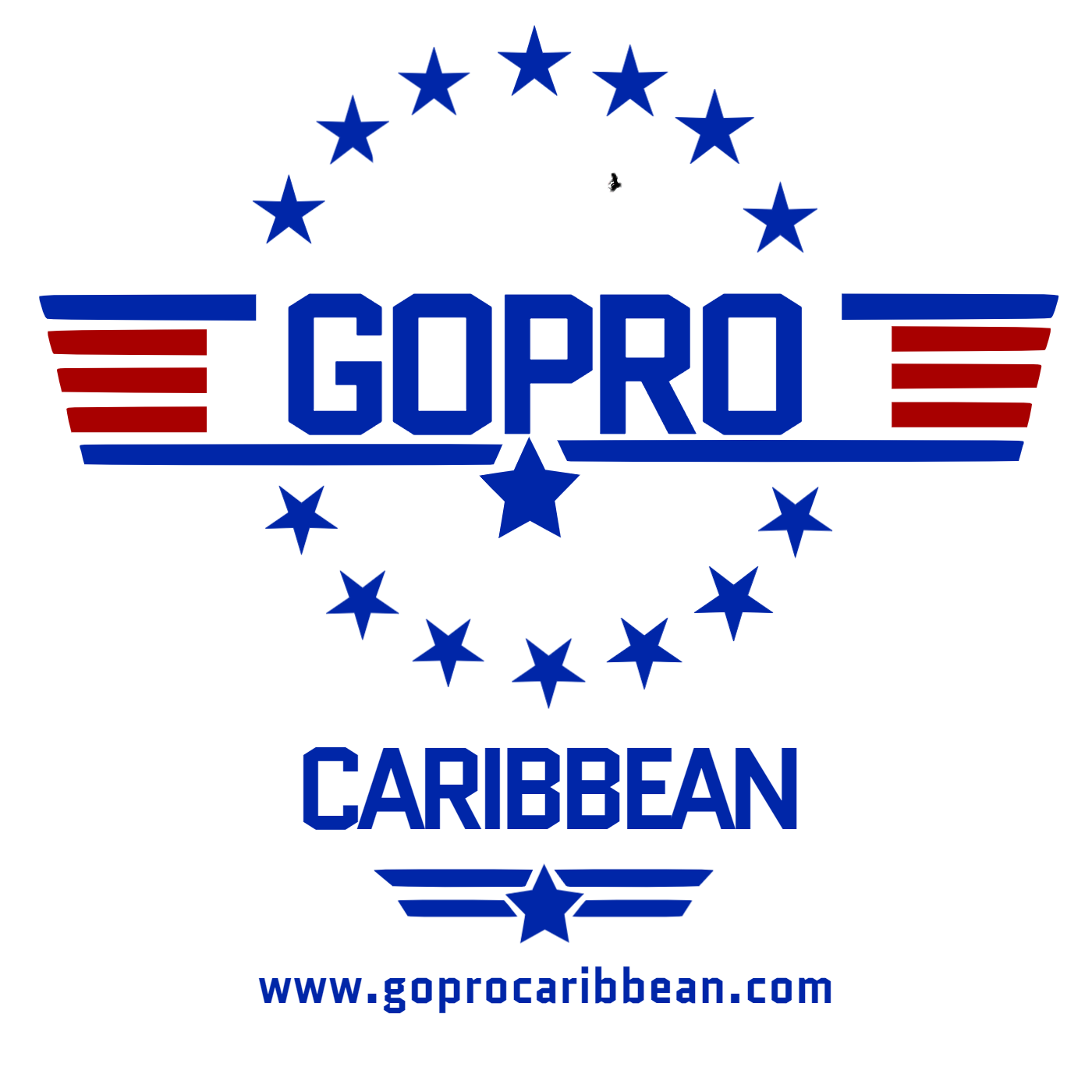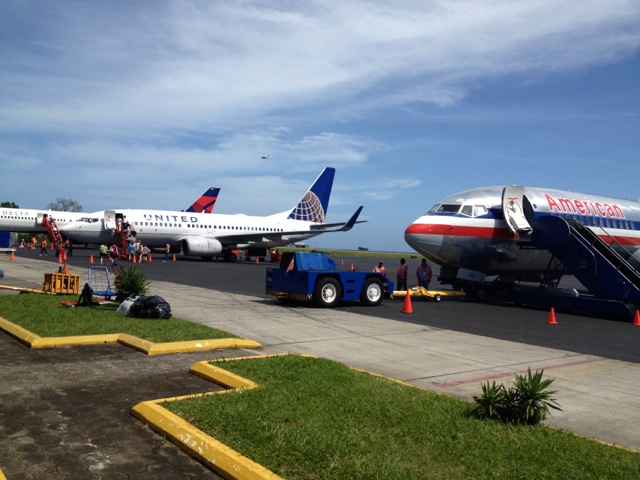About Roatan
With perfect dive conditions year round a variety of stunning beaches which often feature in best beaches awards. Roatan has not yet fallen victim to the high rise hotel monstrosities that other similar locations are plagued by. Visitng Roatan is like stepping back in time.
Reef Health in the Bay IslandS
Source https://www.healthyreefs.org/
Roatan’s reefs have been rated as more healthy than any others in the Bay Islands in the MesoAmerican Reef health report. The declining state of Coral Reeefs throughout the worl is a major concern, and sadly much work will be required to maintain a rating of ‘Good’ for the reefs in our backyard, much of it being factors out of our control. If you are looking at diving in the Bay Islands, our location on the northwestern tip of Roatan is one of few in the region that is rated as good.
where is it?
Roatan is a small Island about 40 miles off the Northern coast of Honduras in the Caribbean sea. It part of the Bay Islands department of Honduras. being seperate from the mainland, it suffers from few of the problems the Honduran mainland has become infamous for.
Roatans location, western caribbean sea
Roatan uses both the USD and Hoduran Lempira interchangeably as its currency. Although getting $50 or $100 notes changed can be hard, so bring small denominations. You will have a very hard time changing any other currencies on the island.
The primary language is Spanish, although a huge amount of English is also spoken. US 115v electical outlets are used.
dive sites geography and geology
The Honduran Bay Islands (Las Islas de la Bahia) are comprised of eight islands and more than 60 cays resting on the Bonacca Ridge, which is about 40 miles northeast of the north coast of Honduras. They are beautiful Caribbean islands which still have a lot of old world charm. Visiting these islands will leave you with little idea of what Honduras as a country is like, since they suffer from few of the problems seen on the mainland, simply because tourism brings plenty of Dollars to the local economy.
The islands are surrounded by a reef system, which is part of the second largest reef system in the world. At times the reef is only a short swim away from the shoreline. The reef is one of the most species rich waters in the Caribbean in terms of both coral and fish.
Roatan is long and narrow, let's say 5 x 37 miles. Some places, much narrower; the length is debatable as the far NE end is rather swampy. Roatan runs Southwest to Northeast, at an angle. The centerline of the island is a backbone ridge line that runs as high as about 600 feet. Roatan and the Bay islands are part of the Bonacca ridge line, a volcanic remnant that still has snaps and cracks, often heard underwater, at a usual epicenter some 30 miles to the North.
This ridge line runs quite a bit closer to the Northern half of the island. As the land descends to the North, it does so (comparatively to the South) rather steeply. This steepness also continues at the Ocean, causing the underwater geography to be shaped in a similar manner.
For millions of years, the heavy storms have come at Roatan from the North during the months of November December and January. This is what has caused the shape of both above and below water Roatan. When heavy "Northers" arrive, or during tropical storm season (Aug-Nov). During the Months of February to October the island enjoys strong southwesterly trade winds casuing quite significant swell on the southern shore. This makes the North shore the calmest waters the majority of the time.
Roatan is largely out of the historical Hurricane track. It is a rain forest island. The distance from the ridge line to the South shore is much longer. The Southern shoreline is comparatively at the end of a slower and more gentle descent. The Southern shore is where you will find more mangrove growth.
The Southern geography continues on this gentle slope into the ocean, but only for a short while. Not many feet offshore, running from Coxen Hole to Port Royal, are a series of shallow reef coral heads that start in 5-30 feet and drop to first sandy shelf in 90 feet. From there on, and very quickly, you can get in 3000 feet of water in a blink. There is very little current flow, so visibility can be degraded after a storm (remember those eons of heavy Northerly storms that blow the soil over the ridge line to rest on the Southern slope). The island lies in a position that causes 10+ hours of sunlight a day to fall directly upon exposed, shallow South side reef structures. This causes a lot of florid growth and the microscopic nature of this area. Essentially, for that very reason- limited visibility is not that much of an issue there.
Northern/Western reefs are quite a bit different. The waters there are generally much clearer, dues to the much quicker flow of water and the lack of mangroves (and extant soil deposits). The reef heads start much further offshore and they begin deeper. There is a running underwater plateau along much of the North & West, 90~115 feet from my fading memory.
The darker slopes of the Northside lend themselves to a much more dense vegetation with a lot more vegetable matter on the jungle floor. The South side is widely cultivated and the vegetation is more sparse and concentrated. Island development has occurred along the shoreline of the North and West, with the major landholders of the island declining to sell off much territory along the South shore.
Is the diving better off of one side or the other? Not really, it's just different.
The North side is typical of the diving that one used to be able to find all over the Caribbean. A cresting reef followed by a sloping plateau 20-60 feet deep and then a sudden drop off to thousands of feet, creating a beautiful wall and stunning geological features. Larger predatory fish can often be seen at some of the most popular dive sites, due in part to the prevailing currents bringing nutrient rich water, and also the fish feeding activities of some dive operators.
The South side is for those divers who love the macro life that can be found in expansive soft coral gardens. it rewards the slow and observant divers with better buoyancy skills. You have to be able to hover and get in close to see all of the many micro/macro critters that use the shallow reef structure as an incubator and niche hiding spot.





